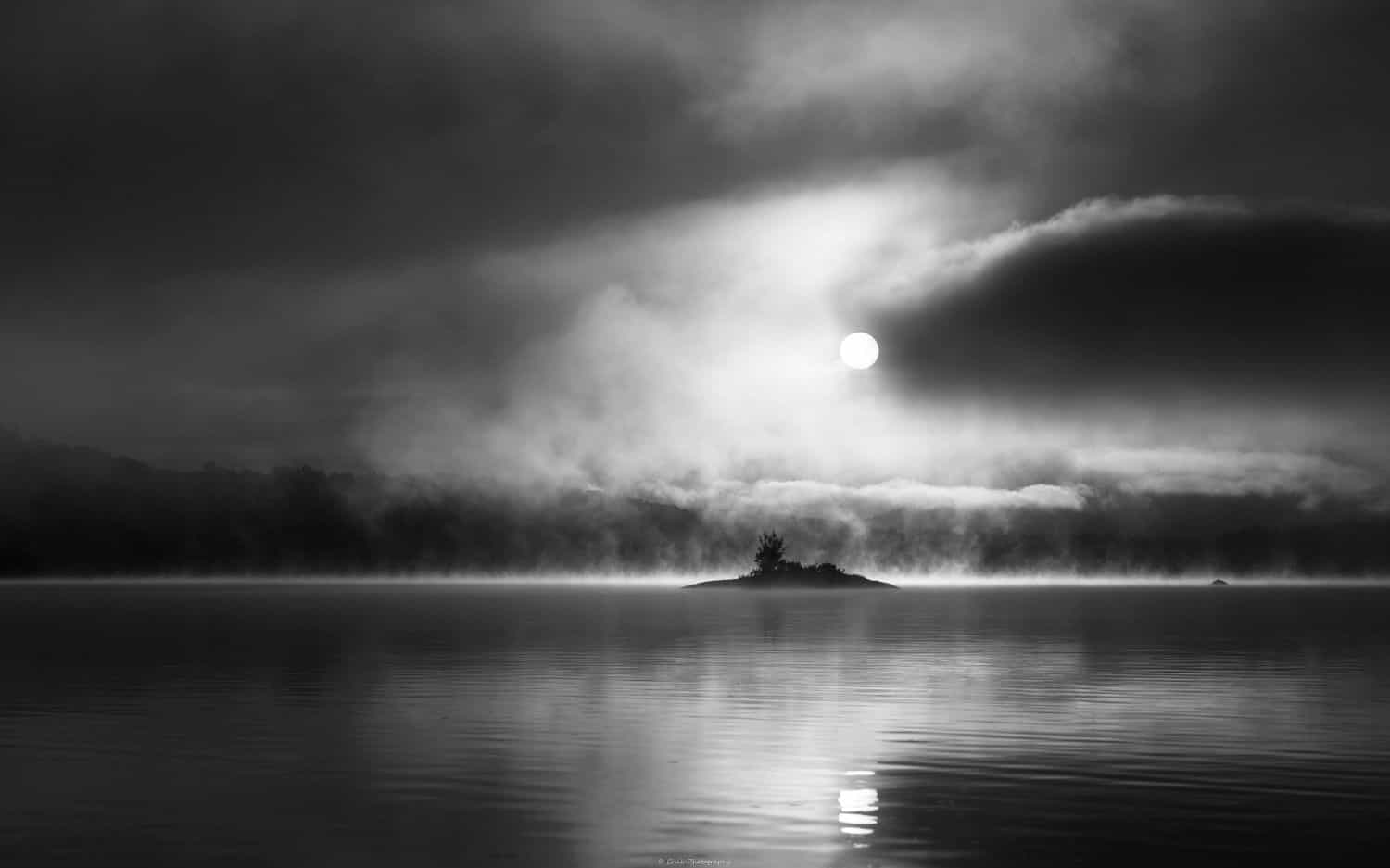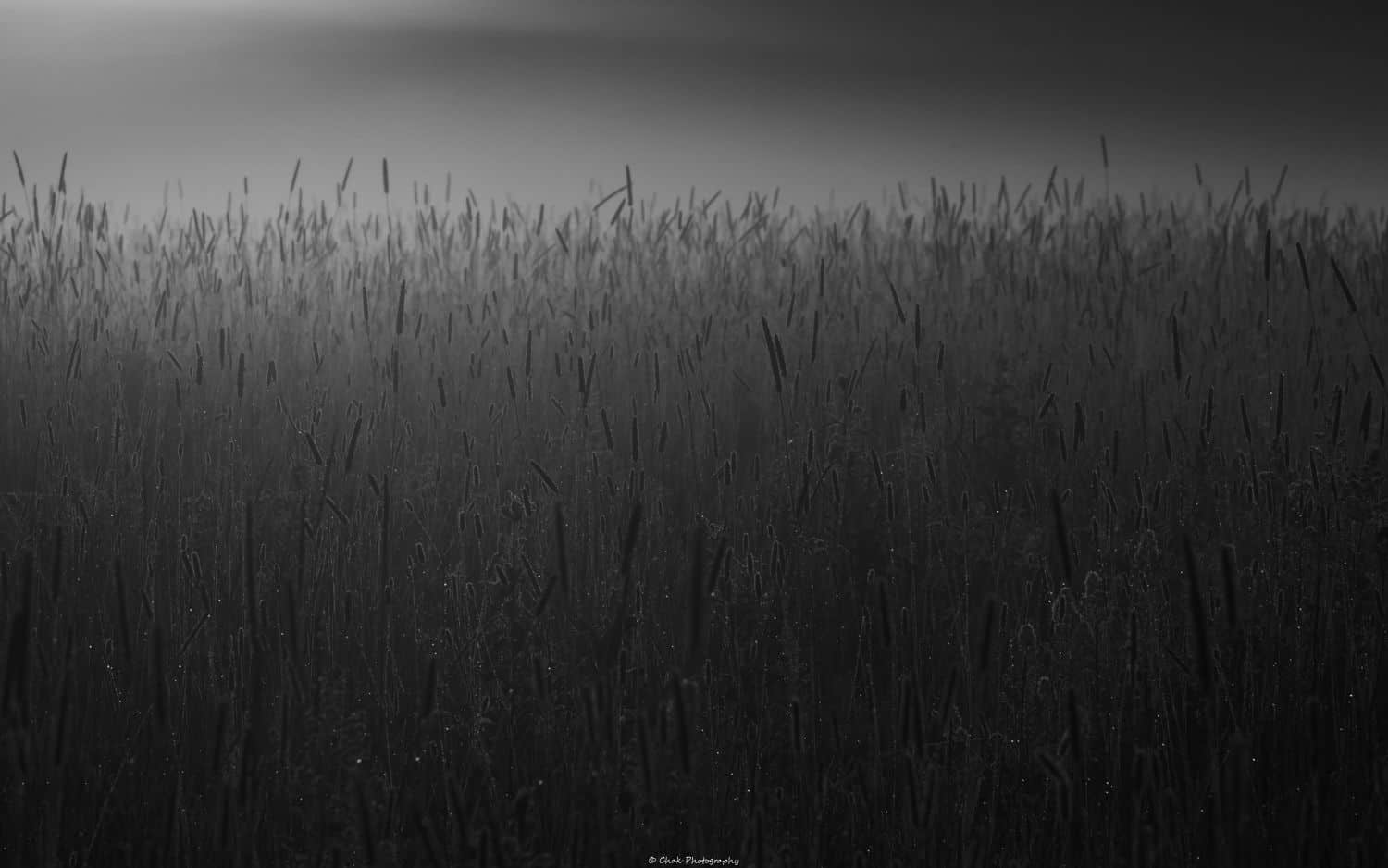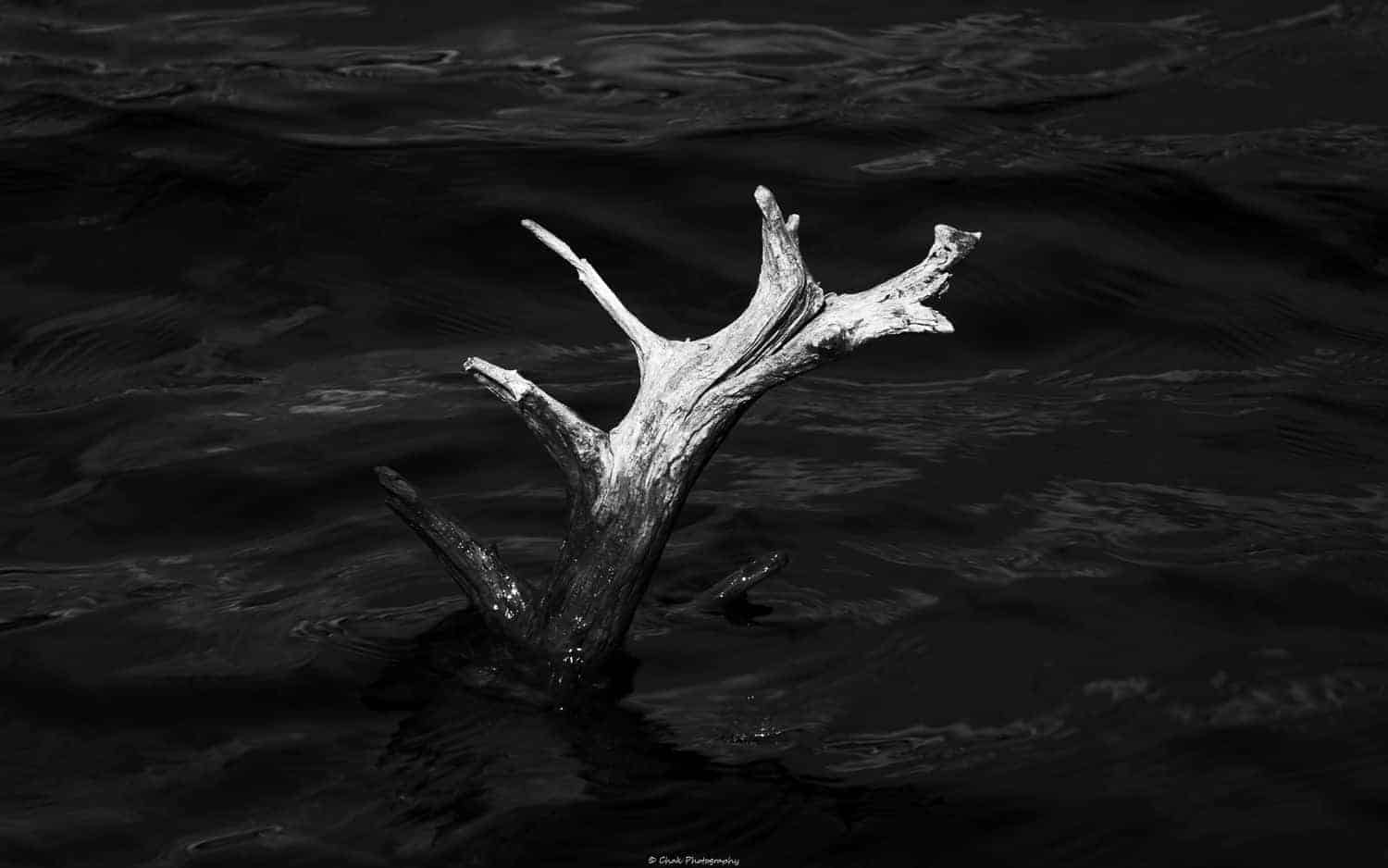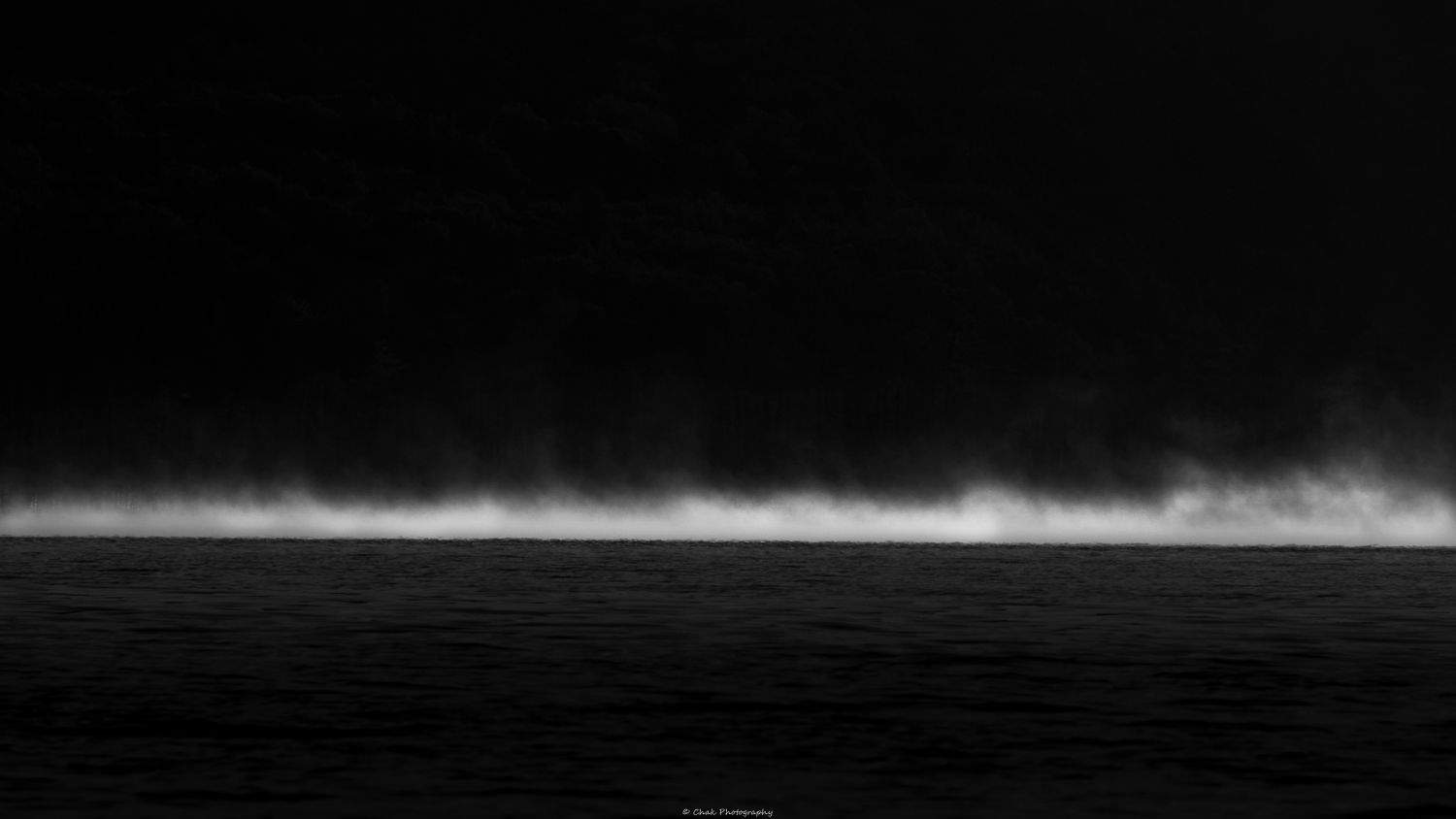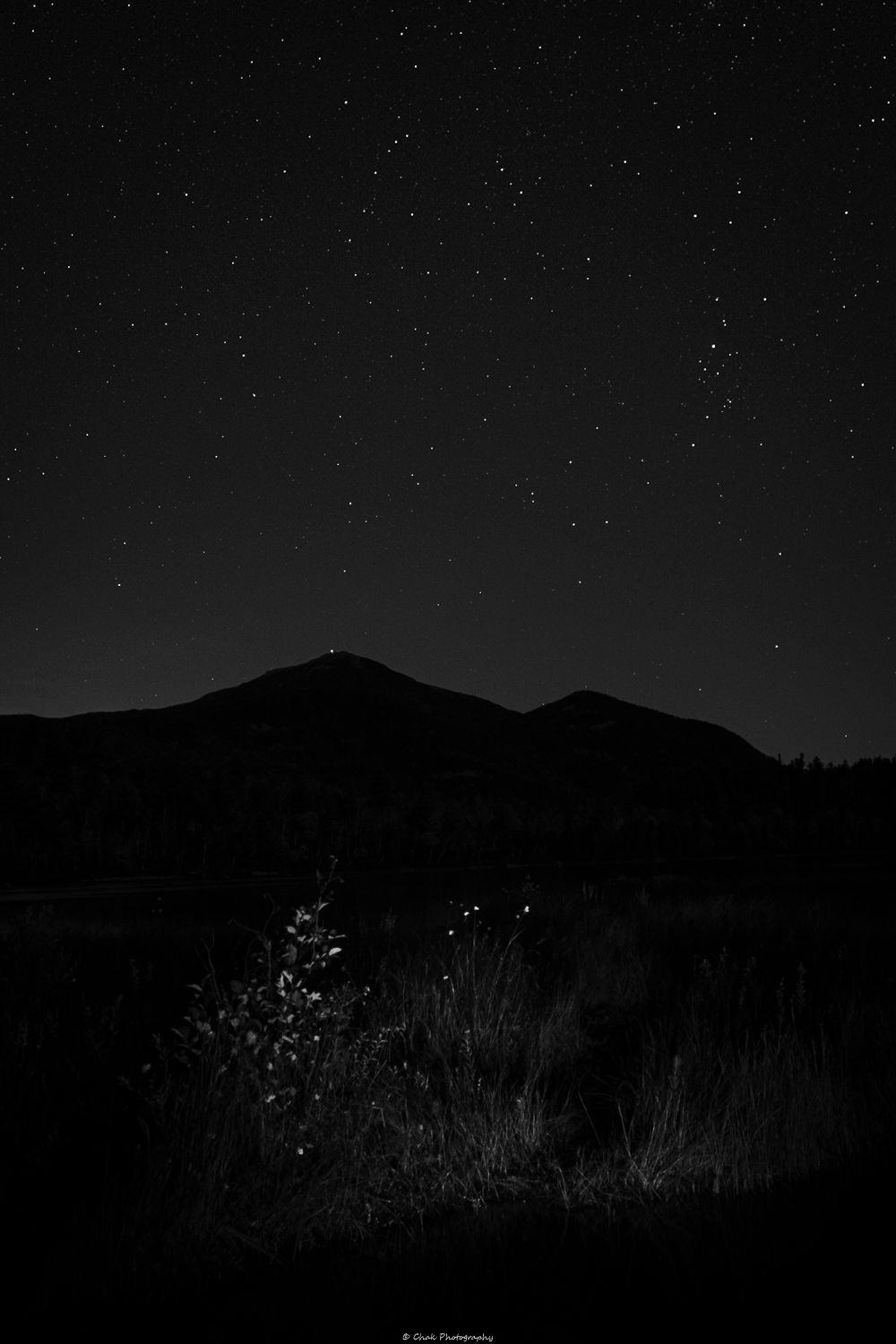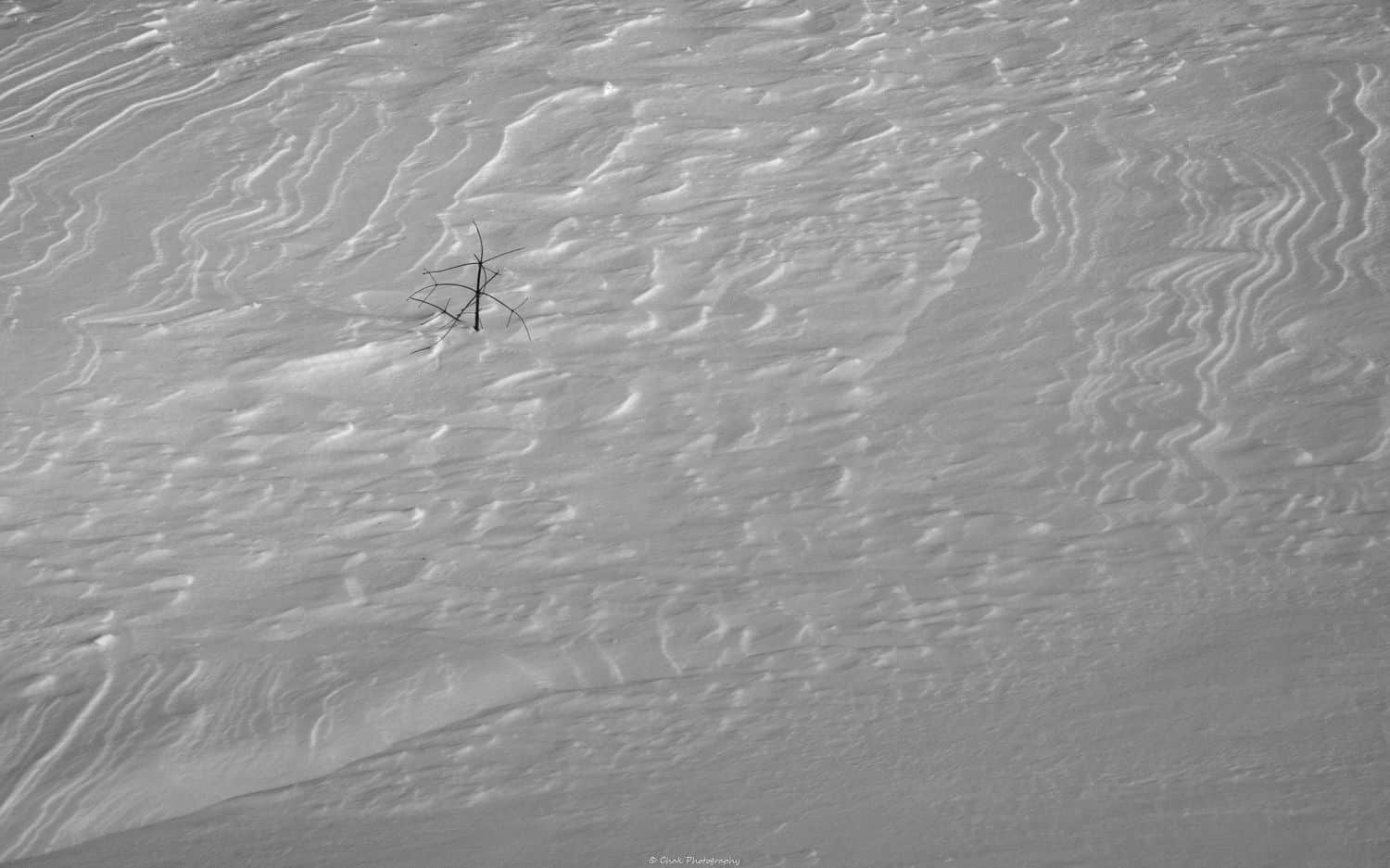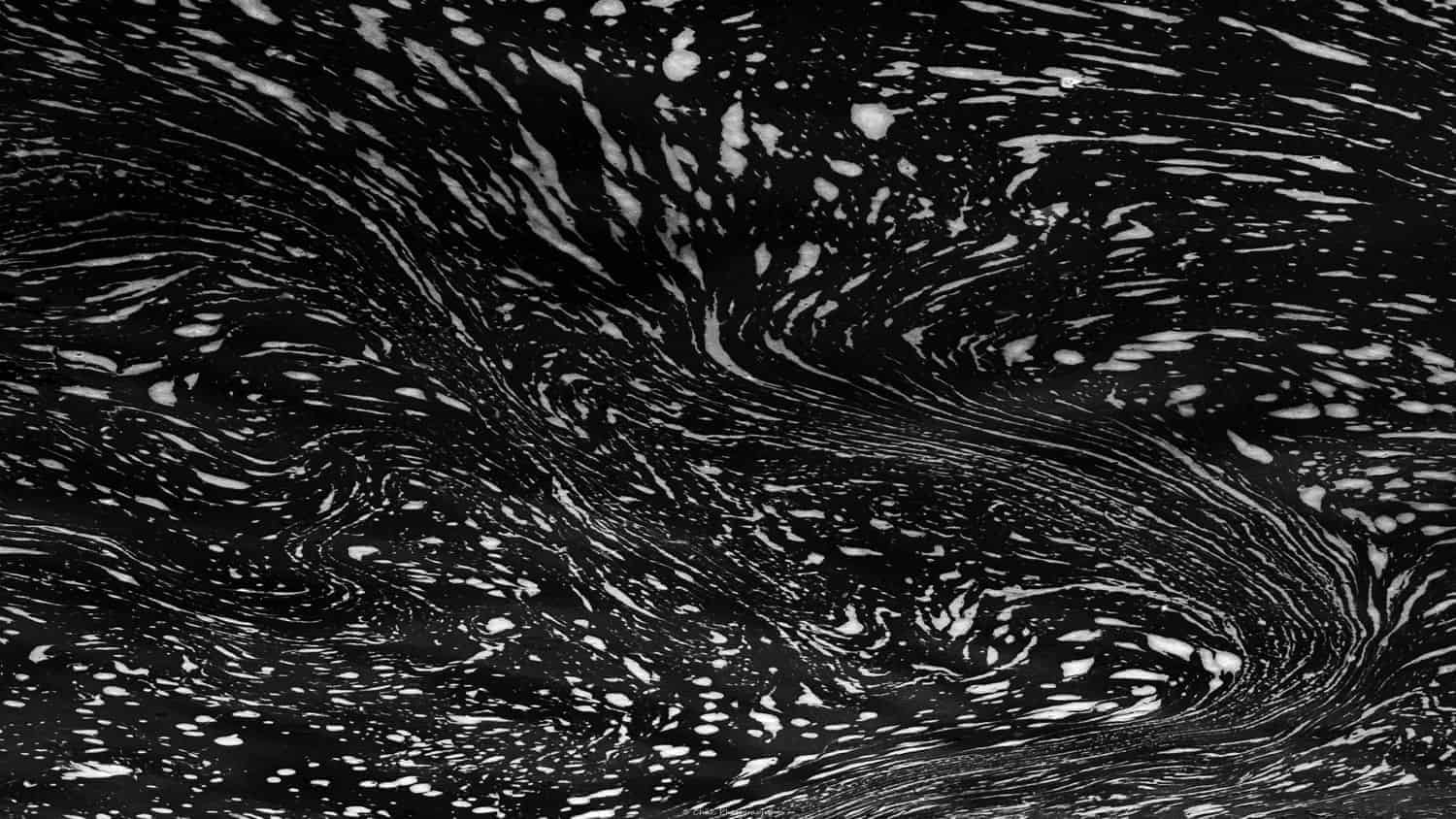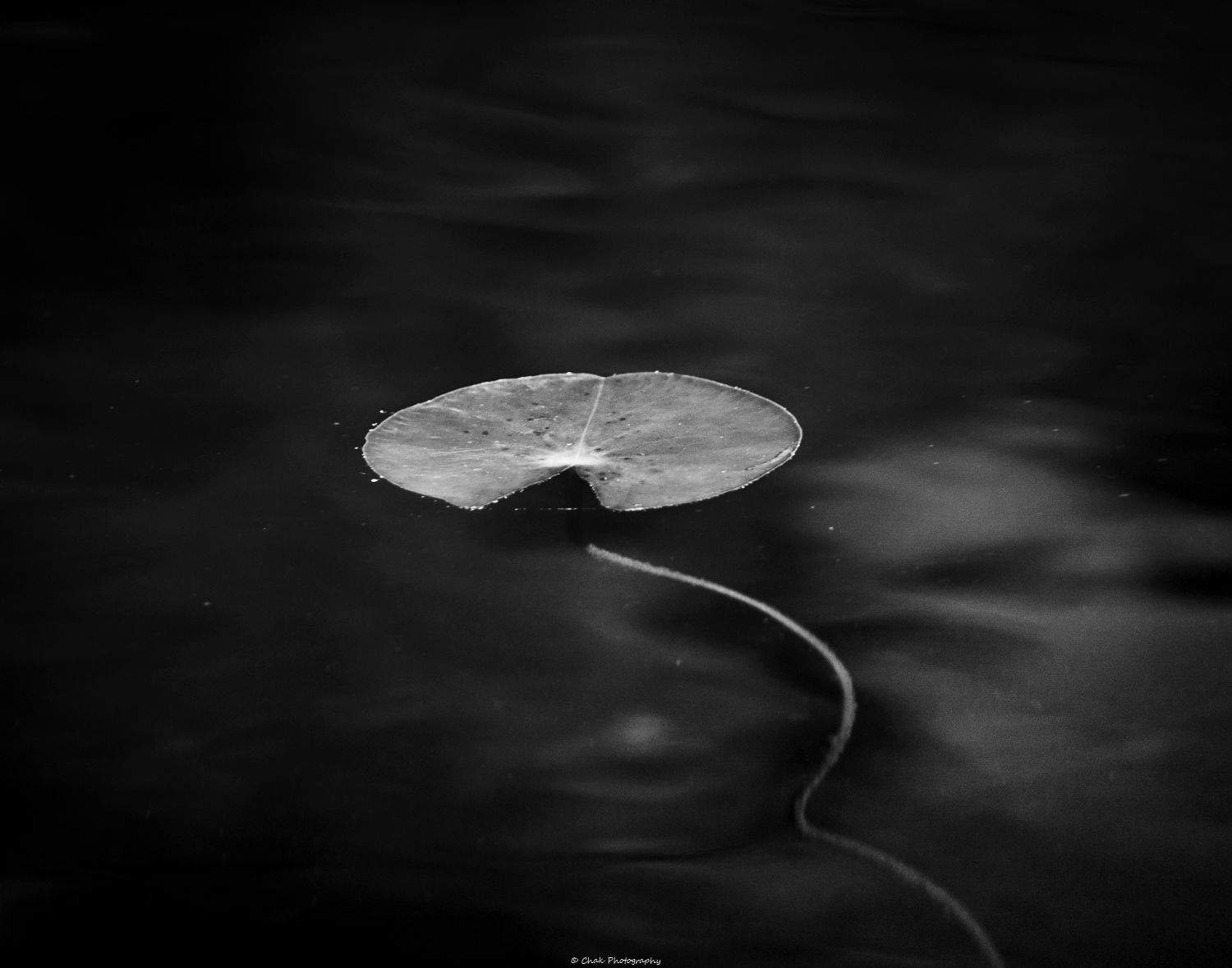CONCEPT PHOTOGRAPHY IN POETIC FORM
When we talk about concept photography we usually think of one-off clever images. If you are a fan of 1970s rock music and associated album covers, then you will recognise the images of Pink Floyd and Led Zeppelin as such.
Less seen is the photographic approach which Saikat has crafted for Adirondacks: A Forever Wild Affair? Here Saikat uses the perfect alignment of concept, image and text to create a narrative that brings to life environmental concerns in a thoughtful and imaginative way. Saikat achieves this both with a deftness and directness that is rarely found in text and image presentations.
The photographs are individually interesting in themselves whilst also fitting in within the overall tonality of the sequence. The minimal approach to subjects and compositional directness allows space for the accompanying text to resonate. The end result is powerful on an emotional level and it truly cuts through with its message.
Narrative achieved in this way is an undernourished photographic art form, but it’s well worth exploring. After the sequence you can read Saikat’s responses to some thoughts I put to him.
“What is the use of a house if you haven’t got a tolerable planet to put it on?”
-Henry David Thoreau
The Adirondack region of upstate New York is six million acres of pure gem, much of which is protected by the ‘Forever Wild’ clause of the New York state constitution. Every time I visit this place, I cannot help but think that this is a timeless wonderland. However, that is not true. Rampant logging and deforestation almost denuded this place until preservation and conservation efforts helped protect this place. It would also be wishful to think that this place, or any place, will survive without our active choice of living in harmony with Nature. In the current times, when our activities are even more interlinked, the consequence of our actions, however removed in place or time, will be felt everywhere. Global warming and climate change do not discriminate; a factory in the west coast contributes to rising carbon dioxide levels which potentially translates into longer summers and dry season, rise in ticks, shorter winters etc. in the Adirondacks.
